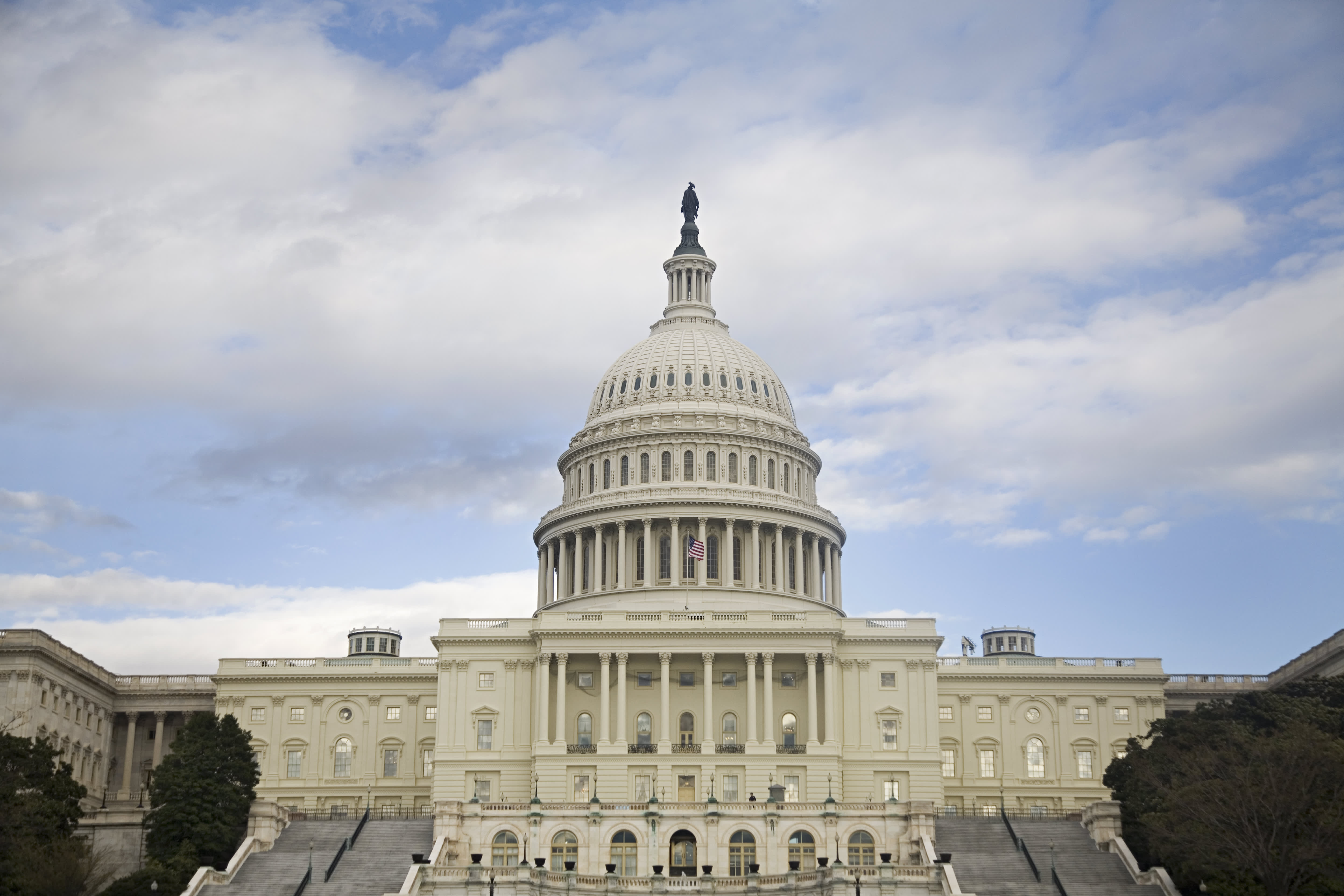Michael Duva
Lawmakers are at loggerheads over an extension of enhanced unemployment benefits being paid to millions of out-of-work Americans.
Congressional Democrats want to continue the extra $600 weekly jobless payments that began when the CARES Act was enacted in March, calling them a financial lifeline that has helped families pay rent and put food on the table.
Not extending them would disproportionately disadvantage minority workers, they said.
But Republicans, including U.S. Secretary of Labor Eugene Scalia, have dug in their heels. They appear resolute in blocking such action, calling the enhanced benefits a disincentive to work that could mute the economic recovery.
$600 unemployment benefits controversy
The $600 weekly benefits, which are funded by the federal government, will expire after July 31 absent of any congressional action.
Republicans are leveraging a surprisingly strong May jobs report — which said the economy added 2.5 million jobs last month, instead of losing a projected 7.5 million jobs — to suggest that the country is in growth mode and federal policies should encourage Americans to return to work.
“Our economy has turned the corner against the coronavirus,” said Scalia, a Republican who was appointed by President Trump last year, in testimony at a Senate Finance Committee hearing Tuesday afternoon.
“The best thing for workers is work, not unemployment,” he added.
More from Personal Finance:
The U.S. is in a recession but the stock market marches higher
Many young adults were bypassed for stimulus checks
The road to full recovery is long for small businesses
But Sen. Michael Bennet, D-Colo., said it would be a “profound mistake” to let the expanded unemployment benefits expire in July.
“[They] prevented a level of severe hardship that is almost impossible to comprehend,” he said at the hearing.
By not extending the benefits, Bennet added, “I’d argue we’d throw tens of millions of people who rely on them into a financial crisis, family by family, all across the United States of America.”
Disincentive or lifeline?
The federally funded extra $600 weekly unemployment benefit is paid in addition to traditional state-level benefits, which Americans could collect past July.
Those state benefits generally replace less than half of prior wages.
Critics of the $600 enhancement say it promotes remaining on unemployment rolls rather than returning to work. Many workers can theoretically make more than their prior wages while receiving benefits.
“We should never pay people not to work,” said Sen. John Cornyn, R-Texas. “We should try to help people get back to work.”
Republicans have considered an employment “bonus” as a way to give cash assistance to Americans while encouraging them to find a job.
A proposal from Sen. Rob Portman, R-Ohio, would pay people who return to work an extra $450 a week.
Democrats have floated the idea of tying the amount and duration of unemployment aid to economic conditions such as the state unemployment rate. The $600 aid would decrease as the public health crisis recedes and state unemployment rates improve.
The potential disincentive to work promoted by enhanced unemployment benefits is a “valid textbook concern,” said Ernie Tedeschi, an economist at Evercore ISI.
But withdrawing those benefits too soon after July could dampen job growth or even cause it to fall again, he said.
Absent the $600 weekly enhancement, the average recipient’s income would immediately revert to less than half their prior take-home pay. That could lead to less household spending.
We’d need nine more jobs reports like May to get back to where we were in February with respect to employment.
Ernie Tedeschi
economist at Evercore ISI
Nearly 30 million Americans were collecting unemployment benefits as of May 16, according to the Labor Department.
It’s also important to keep May’s jobs numbers in perspective, Tedeschi said.
Despite the job growth recorded in May, employment is still down 19.6 million jobs since February.
“The May jobs report was a happy surprise and we should be celebrating that,” Tedeschi said. “[But] we’d need nine more jobs reports like May to get back to where we were in February with respect to employment.”
Unemployment rate
The U.S. unemployment rate fell to 13.3% in May, according to the Bureau of Labor Statistics’ monthly jobs report released Friday, which records data as of mid-month.
That means 1 in every 7.5 Americans in the labor force can’t find work.
It’s an improvement from the 14.7% rate in April, but is still the worst since the Great Depression, when unemployment topped 25%. During the country’s last economic downturn, the Great Recession, the unemployment rate peaked at 10%, in October 2009.
Republicans believe the labor-market improvement points to workers being able to reclaim jobs in roughly two months’ time.
These “rosy expectations” that people can go back to work “just won’t be realized” by the time the $600 unemployment benefit expires, according to Sen. Bob Menendez, D-N.J.
“There’s no question unemployment is still going to be very high on Aug. 1, no matter how much we might desire for it to be different,” he said.
That’s especially true for workers whose employer hasn’t yet re-opened by that date or who are in industries like restaurants with customer capacity restrictions, Menendez said.
And while the unemployment rate for white workers fell nearly 2 points (to 12.4%), it increased slightly for Asian and black workers (to 15% and 16.8%, respectively). Though it fell in May, the rate for Hispanic workers remains elevated, at 17.6%.
“It’s clear that brown and black workers will be disproportionately affected” by not extending benefits, Sen. Sherrod Brown, D-Ohio, said.
